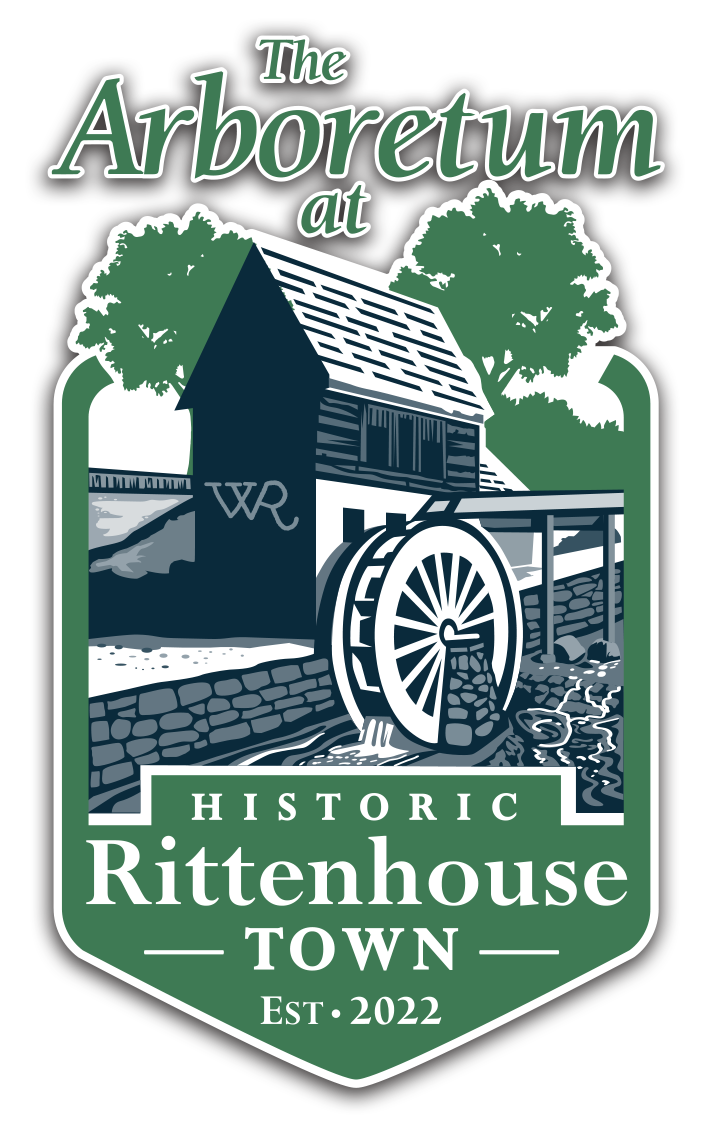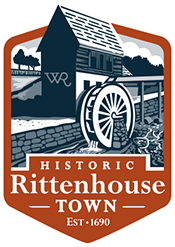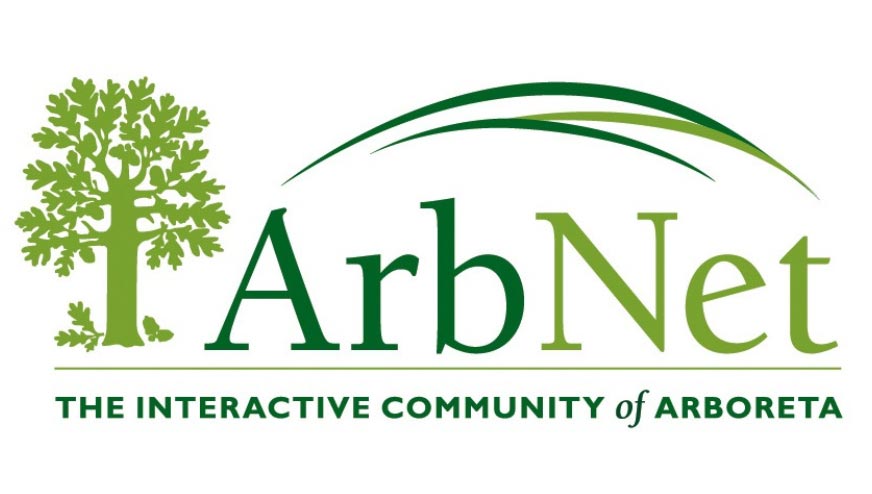
The Arboretum
at Historic Rittenhouse Town
Home to over 80 species of trees and shrubs, the Arboretum at Historic Rittenhouse Town is on our 20-acre historic site in the Wissahickon Valley Park in Philadelphia. It’s an inviting public garden dedicated to preserving and enhancing the beauty of the plant collection and engaging the community through horticultural educational programs, events, and volunteer projects. The arboretum features Magnolia Grove, dedicated to Dr. Jack Fogg who received his PhD in botany from Harvard University in 1929. His many accolades include cofounding the American Magnolia Society. The cherry collection runs along the north side of Monoshone Creek (also known as Paper Mill Run) that powered the early water wheels on site. As a Philadelphia Parks and Recreation site, the grounds are open from dawn to dusk, seven days a week.
Objectives
-
Preserve and care for the trees currently inhabiting the arboretum space
-
Add and care for new species, both native and exotic
-
Educate visitors about basic tree maintenance and care
-
Celebrate trees through events within the arboretum and in the surrounding community
Plants that have been tagged and identified
(as of March 2023)
- Pin oak, Quercus palustris
- Northern Red Oak, Quercus rubra
- Sugar maple, Acer saccharum
- Boxelder maple, Acer negundo
- Red maple, Acer rubrum
- Silver maple, Acer saccharinum
- Black locust, Robinia pseudoacacia
- Black Tupelo, Nyssa sylvatica
- Basswood, Tilia americana
- White ash, Fraxinus americana
- River birch, Betula nigra
- Black cherry, Prunus serotina
- Sycamore, Platanus occidentalis
- Flowering dogwood, Cornus florida
- Pagoda Dogwood, Cornus alternafolia
- Hornbeam, Carpinus caroliniana
- Sweetbay magnolia, Magnolia virginiana
- Southern Magnolia, Magnolia grandiflora
- Cucumber Tree Magnolia, Magnolia acuminata
- Tulip poplar, Liriodendron tulipifera
- Black walnut, Juglans nigra
- Kentucky Coffee Tree, Gymniocladus dioicus
- Eastern white pine, Pinus strobus
- Eastern hemlock, Tsuga canadensis
- Eastern red cedar, Juniperus virginiana
- American holly, Ilex opaca
- Northern Catalpa, Catalpa speciosa
- Spicebush, Lindera Benzoin
- Norway Spruce, Picea abies
The ArbNet Arboretum Accreditation Program provides standards and guidelines for establishing and developing an arboretum.
The goals of the accreditation program are to:
1) Foster the establishment and professionalism of arboreta;
2) Identify arboreta capable of participating or collaborating in certain scientific, collections, or conservation activities; and
3) Advance the planting, study, and conservation of trees to improve the world.

